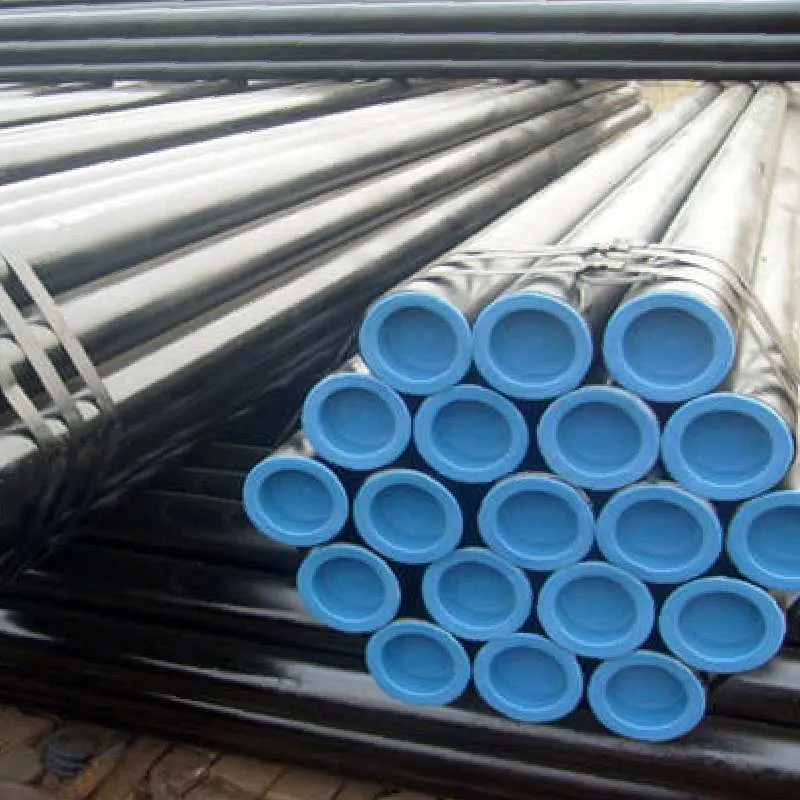-
Cangzhou Yulong Steel Co., Ltd.
-
Phone:
+86 13303177267 -
Email:
admin@ylsteelfittings.com
- English
- Arabic
- Italian
- Spanish
- Portuguese
- German
- kazakh
- Persian
- Greek
- French
- Russian
- Polish
- Thai
- Indonesian
- Vietnamese
- Zulu
- Korean
- Uzbek
- Hindi
- Serbian
- Malay
- Ukrainian
- Gujarati
- Haitian Creole
- hausa
- hawaiian
- Hebrew
- Miao
- Hungarian
- Icelandic
- igbo
- irish
- Japanese
- Javanese
- Kannada
- Khmer
- Rwandese
- Afrikaans
- Albanian
- Amharic
- Armenian
- Azerbaijani
- Basque
- Belarusian
- Bengali
- Bosnian
- Bulgarian
- Catalan
- Cebuano
- China
- China (Taiwan)
- Corsican
- Croatian
- Czech
- Danish
- Esperanto
- Estonian
- Finnish
- Frisian
- Galician
- Georgian
- Kurdish
- Kyrgyz
- Lao
- Latin
- Latvian
- Lithuanian
- Luxembourgish
- Macedonian
- Malgashi
- Malayalam
- Maltese
- Maori
- Marathi
- Mongolian
- Myanmar
- Nepali
- Norwegian
- Norwegian
- Occitan
- Pashto
- Dutch
- Punjabi
- Romanian
- Samoan
- Scottish Gaelic
- Sesotho
- Shona
- Sindhi
- Sinhala
- Slovak
- Slovenian
- Somali
- Sundanese
- Swahili
- Swedish
- Tagalog
- Tajik
- Tamil
- Tatar
- Telugu
- Turkish
- Turkmen
- Urdu
- Uighur
- Welsh
- Bantu
- Yiddish
- Yoruba

Oct . 07, 2024 08:25 Back to list
en1092 pn16
Understanding EN 1092 PN16 Flanges An Overview
EN 1092 is a European standard that outlines the specifications for flanges used in piping systems, primarily focusing on their design, dimensions, and materials. Among the various pressure ratings specified in this standard, PN16 is one of the most commonly encountered classifications. This article aims to provide an overview of EN 1092 PN16 flanges, discussing their features, applications, and benefits.
The Significance of PN16 Rating
The PN in PN16 stands for Pressure Nominal, which indicates the flanges' maximum allowable pressure at a specified temperature. In the case of PN16, these flanges are designed to handle a pressure of up to 16 bar, or approximately 232 psi, at a specified temperature. This makes them suitable for a wide range of applications, including water supply systems, heating systems, and various industrial processes.
Design and Specifications
EN 1092 flange standards encompass various types, including welded neck, slip-on, and blind flanges, among others. PN16 flanges are typically made from materials such as carbon steel, stainless steel, and certain alloys, ensuring durability and resistance to wear and corrosion. The standard specifies critical dimensions, such as flange thickness, bolt hole size, and diameter, ensuring compatibility with various piping systems and components.
One defining feature of PN16 flanges is their raised face design, which helps to create a tight seal when bolted to another flange. This is crucial for maintaining pressure integrity and preventing leaks in a piping system. The standard also dictates the bolt hole dimensions, which are essential for selecting the appropriate fasteners to ensure secure and effective joints.
en1092 pn16

Applications of EN 1092 PN16 Flanges
The versatility of EN 1092 PN16 flanges makes them ideal for numerous applications across different sectors. They are commonly found in water treatment plants, oil and gas industries, and HVAC (heating, ventilation, and air conditioning) systems. In addition, they are suitable for handling fluids, gases, and various chemical substances, making them integral components in chemical processing plants.
Benefits of Using EN 1092 PN16 Flanges
Employing EN 1092 PN16 flanges in a piping system offers several advantages. Firstly, they provide reliable pressure containment, ensuring operational safety. Secondly, the standardized dimensions promote interoperability, allowing easy integration with other flanges and piping components, which is especially beneficial during system expansions or repairs.
Moreover, their robust construction enhances longevity, reducing maintenance costs over time. Businesses can achieve efficient service life cycles while minimizing downtime caused by leaks or fittings failures.
Conclusion
In summary, EN 1092 PN16 flanges are essential components in various piping systems, characterized by their ability to handle substantial pressure ratings and versatile applications. Their standardized design ensures compatibility and reliability, making them a preferred choice in both industrial and commercial settings. Understanding their specifications and benefits can aid engineers and procurement professionals in making informed decisions when selecting the right flanges for their projects.
Latest news
-
ANSI 150P SS304 SO FLANGE
NewsFeb.14,2025
-
ASTM A333GR6 STEEL PIPE
NewsJan.20,2025
-
ANSI B16.5 WELDING NECK FLANGE
NewsJan.15,2026
-
ANSI B16.5 SLIP-ON FLANGE
NewsApr.19,2024
-
SABS 1123 FLANGE
NewsJan.15,2025
-
DIN86044 PLATE FLANGE
NewsApr.19,2024
-
DIN2527 BLIND FLANGE
NewsApr.12,2024
-
JIS B2311 Butt-Welding Fittings LR/SR 45°/90° /180°Seamless/Weld
NewsApr.23,2024











